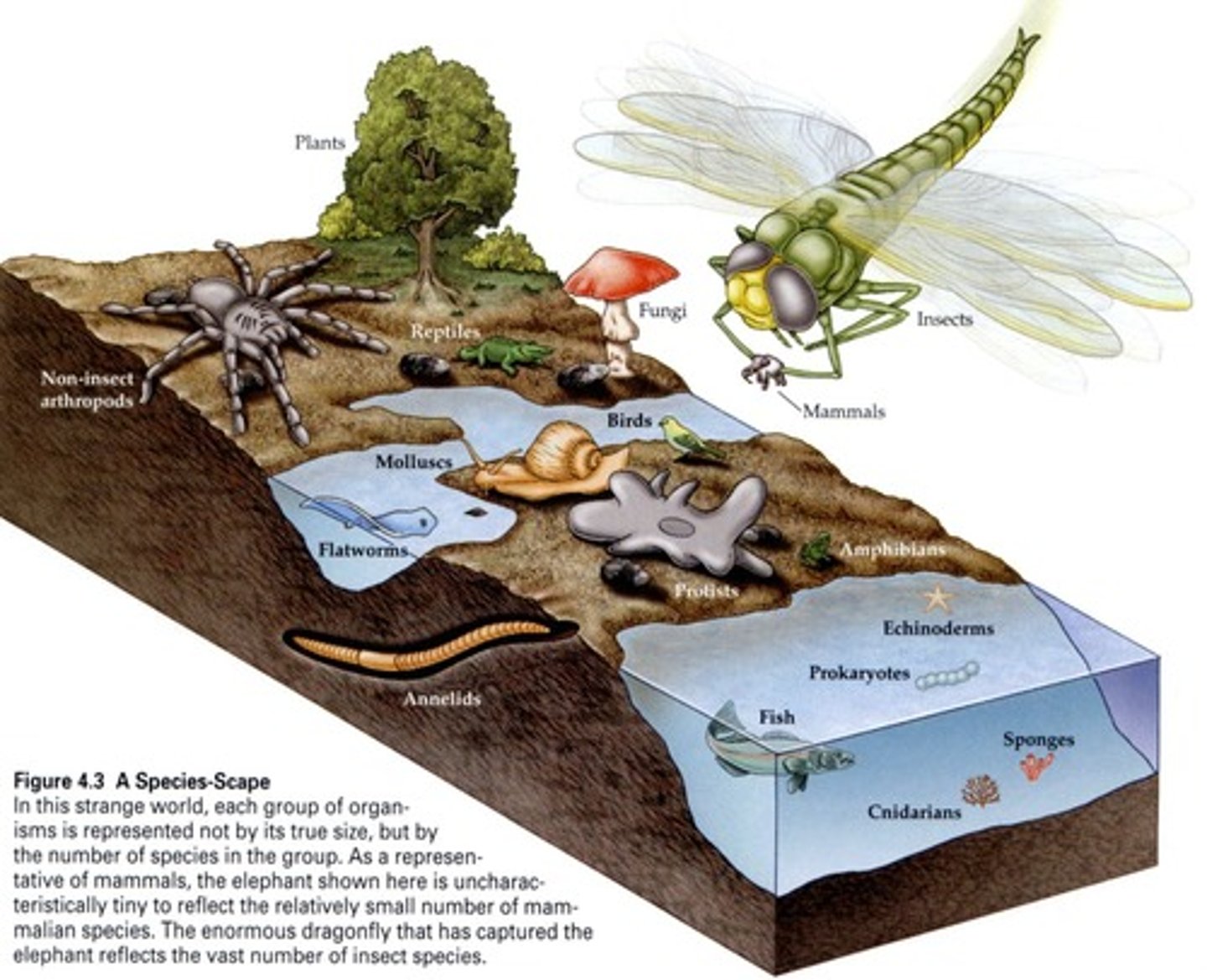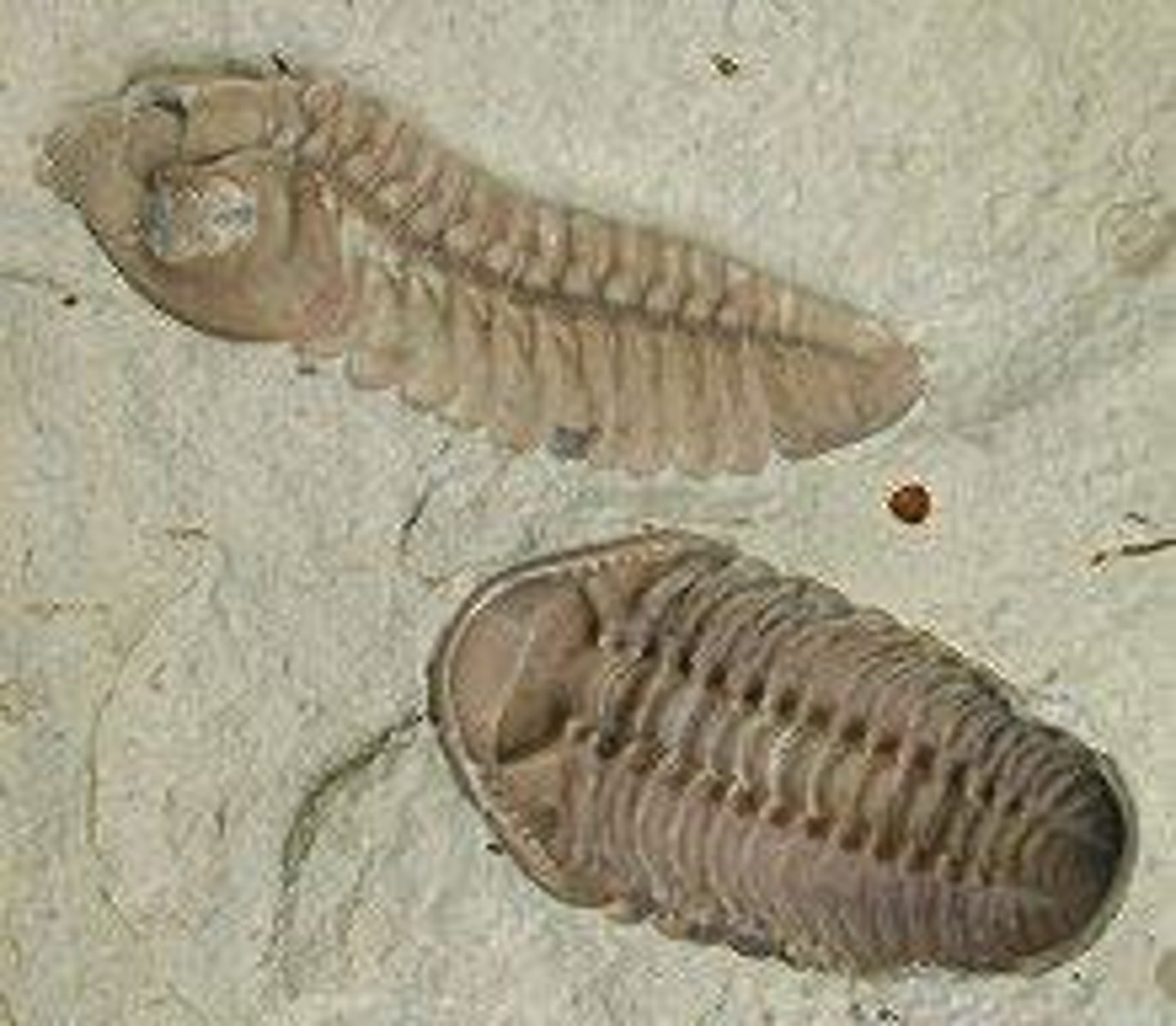Animal Evolution and Major Extinction Events
1/24
There's no tags or description
Looks like no tags are added yet.
Name | Mastery | Learn | Test | Matching | Spaced |
|---|
No study sessions yet.
25 Terms
Species-scape
Visual representation of species group sizes.

Earth's Age
~4.6 billion years based on radioisotope dating.
Oldest Rocks
Dated to ~4.4 - 4.2 billion years ago.
Phanerozoic
Eon lasting from 543 million years ago to now.
Archean Bacteria
Original extremophiles, thriving in harsh conditions.
Cyanobacteria
Photosynthetic bacteria that produce oxygen.

Great Oxidation Event
Oxygen introduction by cyanobacteria, ~2.4 billion years ago.

Electron Transport Chain
Developed from endosymbiosis ~1.5 billion years ago.
Cambrian Explosion
Rapid diversification of animal phyla, 541-485 million years ago.
Late Ordovician Mass Extinction
First of five major extinctions, ~53%-85% marine loss.
Icehouse Earth
Period with glaciers at both poles.
Great Ordovician Biodiversification Event
Increased global diversity linked to oxygen rise.
Paleozoic Land Invasions
Land animals emerged after plants, around 420 million years ago.
Late Devonian Mass Extinction
Second major extinction, ~70% species loss.
Permian-Triassic Boundary
Third mass extinction, ~80% marine species lost.
Great Dying
Another name for the Permian-Triassic extinction event.
Synapsids
Mammal-like reptiles preceding dinosaurs.
Archosaurian Reptiles
Dinosaurs that rose after the Permian-Triassic Boundary.
Oxygen Delivery System
Evolved ~450 million years ago, enabling larger animals.
Trilobite
Extinct marine arthropod, key fossil indicator.

Anoxia
Absence of oxygen, leading to biodiversity loss.
Photosynthesis
Process converting sunlight into chemical energy.
Extremophiles
Organisms thriving in extreme environmental conditions.
Marine Invertebrates
Aquatic animals without a backbone, diverse groups.
Fossil Record
Historical evidence of past life forms.